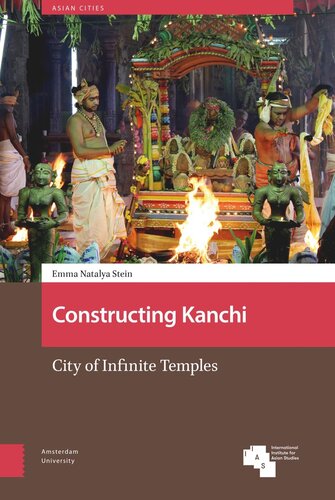

Most ebook files are in PDF format, so you can easily read them using various software such as Foxit Reader or directly on the Google Chrome browser.
Some ebook files are released by publishers in other formats such as .awz, .mobi, .epub, .fb2, etc. You may need to install specific software to read these formats on mobile/PC, such as Calibre.
Please read the tutorial at this link: https://ebookbell.com/faq
We offer FREE conversion to the popular formats you request; however, this may take some time. Therefore, right after payment, please email us, and we will try to provide the service as quickly as possible.
For some exceptional file formats or broken links (if any), please refrain from opening any disputes. Instead, email us first, and we will try to assist within a maximum of 6 hours.
EbookBell Team

4.3
28 reviewsThis book traces the emergence of the South Indian city of Kanchi as a major royal capital and multireligious pilgrimage destination during the era of the Pallava and Chola dynasties (circa seventh through thirteenth centuries). It presents the first-ever comprehensive picture of historical Kanchi, locating the city and its more than 100 spectacular Hindu temples at the heart of commercial and artistic exchange that spanned India, Southeast Asia, and China. The author demonstrates that Kanchi was structured with a hidden urban plan, which determined the placement and orientation of temples around a central thoroughfare that was also a burgeoning pilgrimage route. Moving outwards from the city, she shows how the transportation networks, river systems, residential enclaves, and agrarian estates all contributed to the vibrancy of Kanchi’s temple life. The construction and ongoing renovation of temples in and around the city, she concludes, has enabled Kanchi to thrive continuously from at least the eighth century, through the colonial period, and up until the present.